So what are British values and what is British identity? It is the question de nos jours (if that is not too French a way of putting it). The government wants all schools to instil "British" values. While this response to a crisis in Birmingham schools raises the question of what Britishness is, that very same question is raised by the rise of Ukip and the wave of xenophobic nationalism it seems to reveal.
The biggest and most serious challenge to the very idea that Britons share a common identity is, however, the vote in Scotland that will soon decide if the union survives. Is it a bit late to be asking what Britishness is when it might be gone in the autumn?
The artist David Mach has his own answer. For him, Britishness means HP sauce. Mach is asking the public to help him collect 2,000 empty HP sauce bottles for a work of art about British identity and values. So far, he's got one bottle.
Is HP sauce, as he claims, an icon of being British? It carries an image on its label of the Houses of Parliament, which are unquestionably British, and was registered as a product in 1895 at the height of the British empire. Its name refers to the claim that it was being served then in the Houses of Parliament. It probably still is. But it is no longer British: it's manufactured these days by Heinz, in the Netherlands.
Perhaps that is part of Mach's joke – that in an age of globalisation, all national identities are fake. Mach is an artist with a long history of subversion. His most notorious work was a submarine made of tyres that he called Polaris. This 1983 sculptural comment on Britain's nuclear arsenal, made at the height of CND protest, was set on fire and destroyed by a man who lost his life in the process.
Mach was 27 when he created Polaris, in an era when art was controversial because of politics and not just because it was made of strange stuff – although Polaris managed to provoke on both counts.
His new project – due for inclusion in an exhibition, Post Pop: East Meets West, at the Saatchi gallery, London – has a direct pertinence to this year's big questions of nationhood, not least because he is Scottish. Is Scotland going to stay British? On my way to Glasgow this week a union jack was flying over a borderlands farmhouse and the Scottish papers were reporting the savage online abuse that greeted JK Rowling's donation to the No campaign.
Like Rowling, Mach opposes independence. He told the Herald he loves being both Scottish and British.
The HP sauce bottle, a symbol of Britishness that's made in Holland, reveals the hollowness of all claims to exclusive national identity in a globalised age. Britain, Scotland – wherever you are, you can't hide from the connections that bind our planet. To pretend otherwise is the folly of our age.
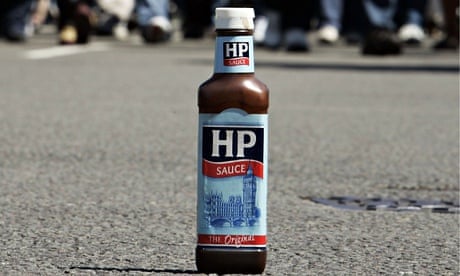
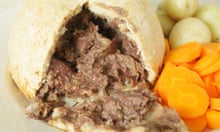
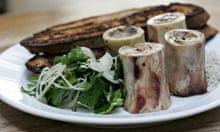
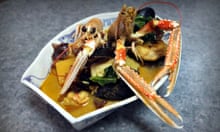
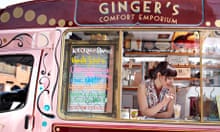
Comments (…)
Sign in or create your Guardian account to join the discussion